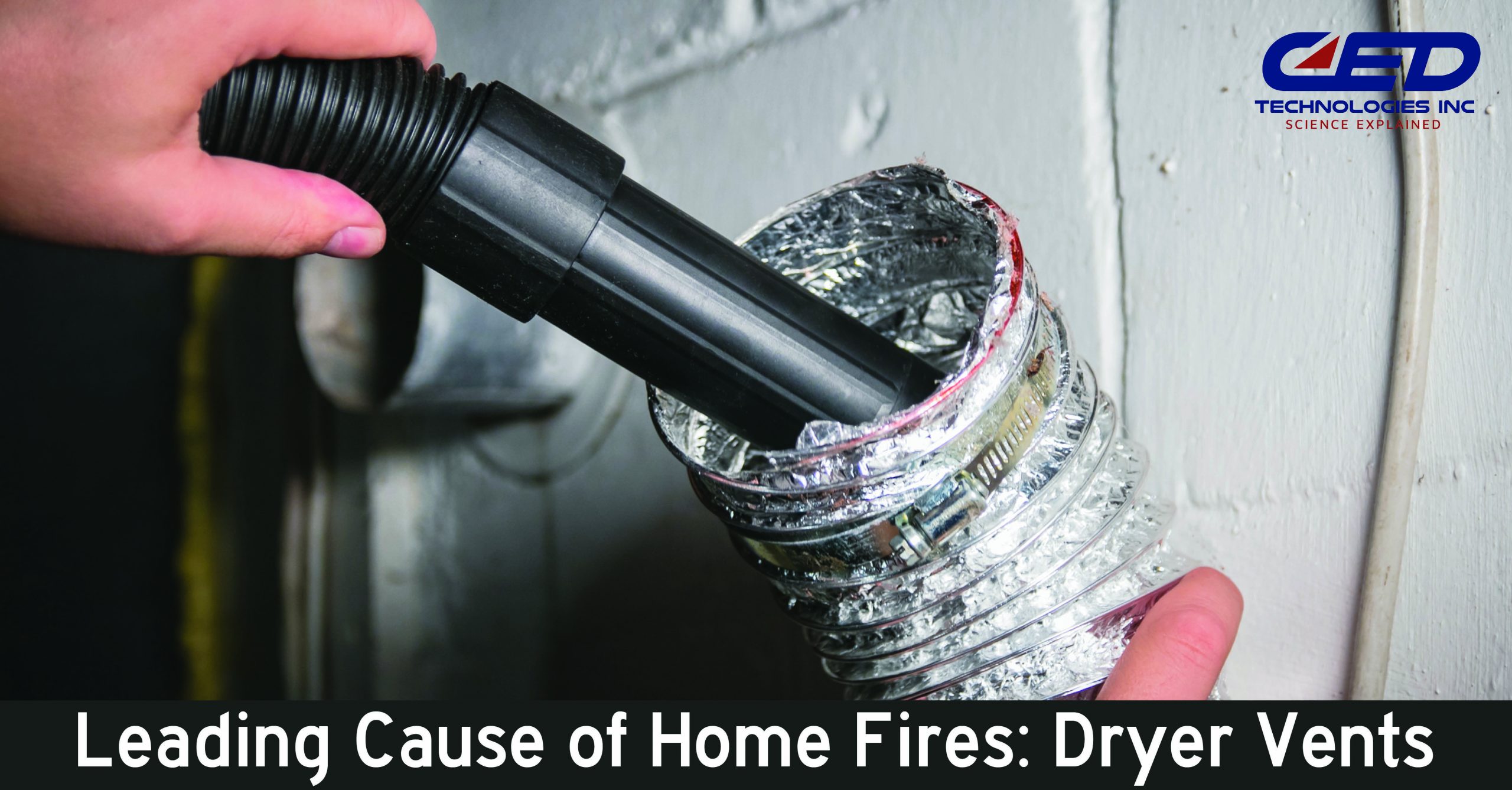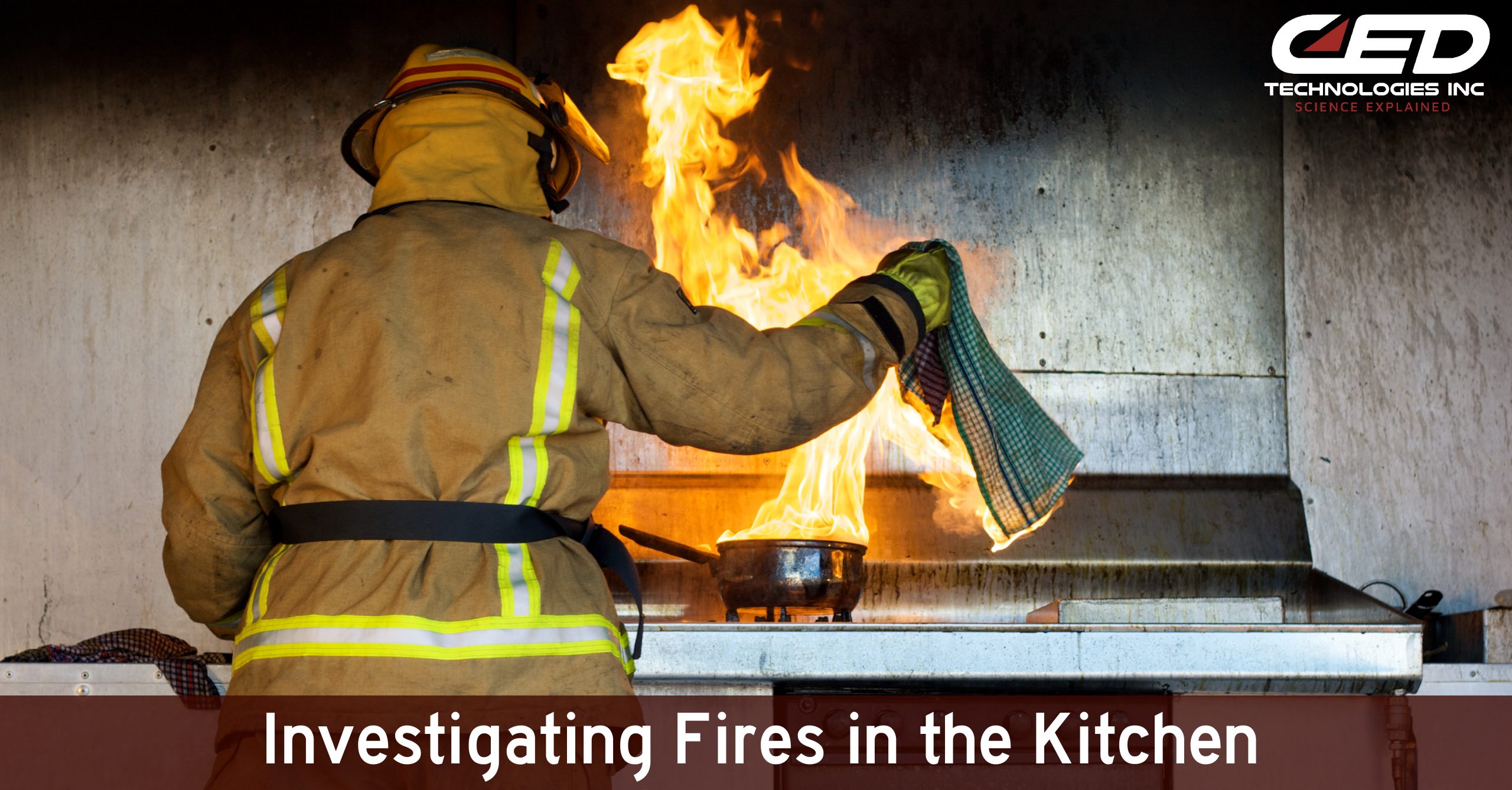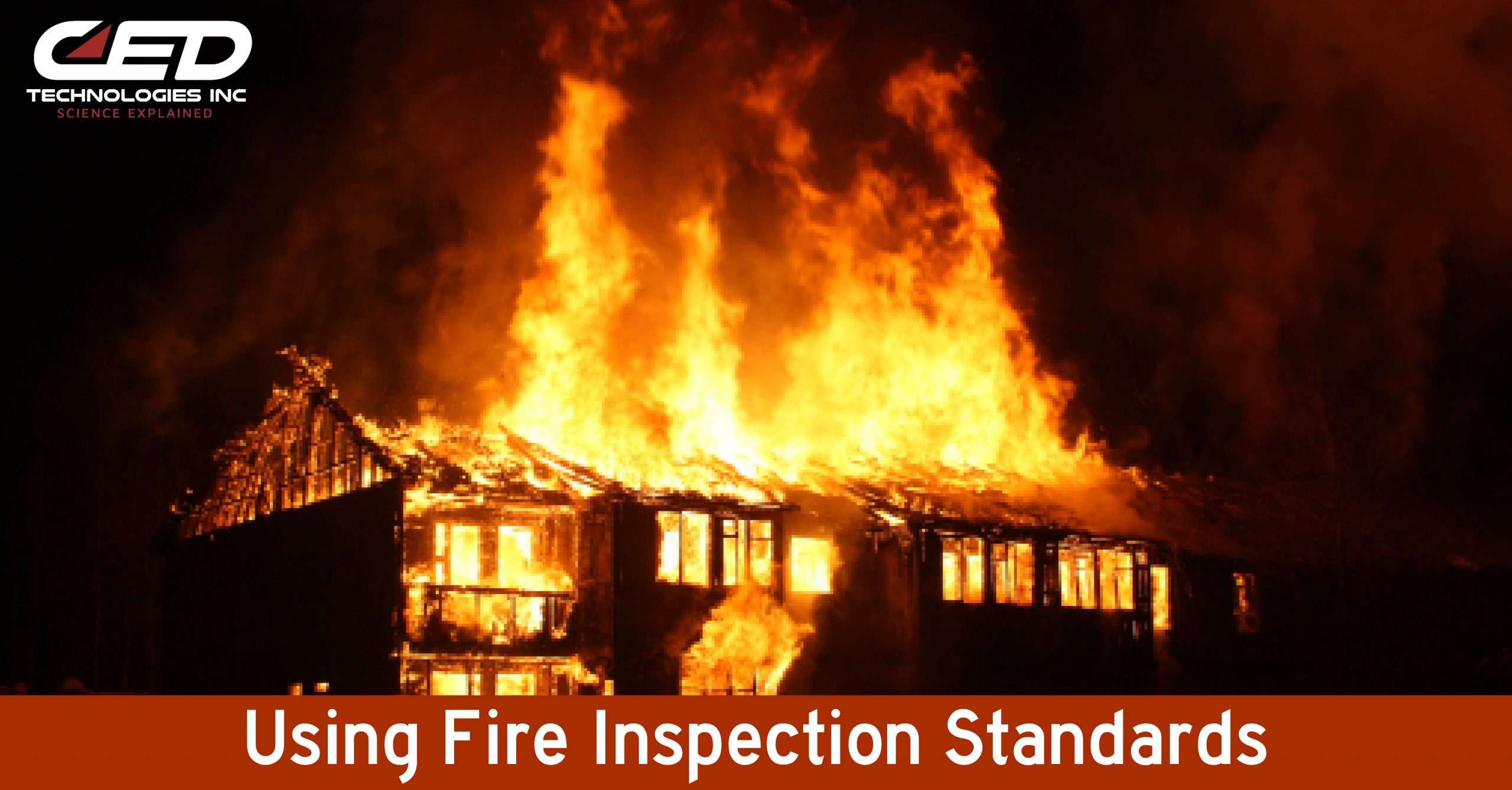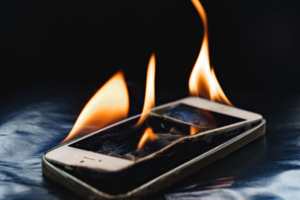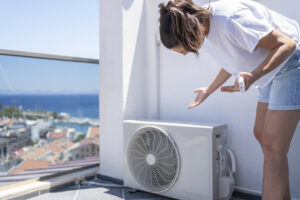According to the National Fire Protection Association (NFPA), there are an average each year of 15,970 home structure fires involving a clothes dryer or washing machine. The vast majority of these fires (92%) involved clothes dryers. These fires caused annual averages of 13 deaths, 444 injuries, and $238 million in direct property damage.
One-third (32 percent) of dryer fires were caused by a failure to clean. These fires appear to be mainly caused by lint build-up, as 27 percent of dryer fires started when dust, fiber, or lint ignited.
There are four tasks homeowners can tackle to avoid dryer fires:
- Clean the Lint Filter
The simplest first step is to clean the lint from the dryer’s lint screen after every load. This helps prevent a fire and helps your laundry dry faster. - Replace Accordion-Style Ducts
Most dryers are equipped with a 4-inch vent in the back which connects to the exterior vent via a duct (some dryers have the vent on the side of the dryer). Plastic or foil accordion-style ducts should be replaced because they can sag, allowing lint to build up at low points and trapping lint in their ridges. A rigid metal duct is a safer choice. - Clean the Dryer Duct Annually (at Least)
Start by disconnecting your dryer from the power source. If you have a gas dryer, also turn off the gas valve near the dryer. Carefully slide the dryer away from the wall so that you can access the vent and duct in the back of the dryer. Disconnect the duct from the dryer, and vacuum the dryer vent, the exterior vent and the duct. Reconnect the vent/duct combination, then return the dryer to its original spot and reconnect the power. - Handle Chemical Stains with Care
Clothes stained with gas, cooking oil, cleaning agents, or other flammable chemicals or substances need special care. It’s recommended to wash stained clothing more than once to minimize volatile chemicals, then hang to dry. If you must use a dryer, use the lowest heat setting and a drying cycle that concludes with a cool-down period.
In the event that a fire does start, try to turn off the dryer and keep the dryer door closed to limit its oxygen supply — a fire needs oxygen to keep it going. Immediately dial 911.
The engineers in CED’s Fire Group are experienced in investigating the origin and cause of fires in industrial, commercial and residential buildings. On occasion, they have investigated claims where a dryer vent/duct was the cause of a fire in the home. Contact us today for your next fire claim or submit a case request online.
Click Here To See Our Full List of Experts Click Here To Submit an Inquiry about a possible Claim or Case.
